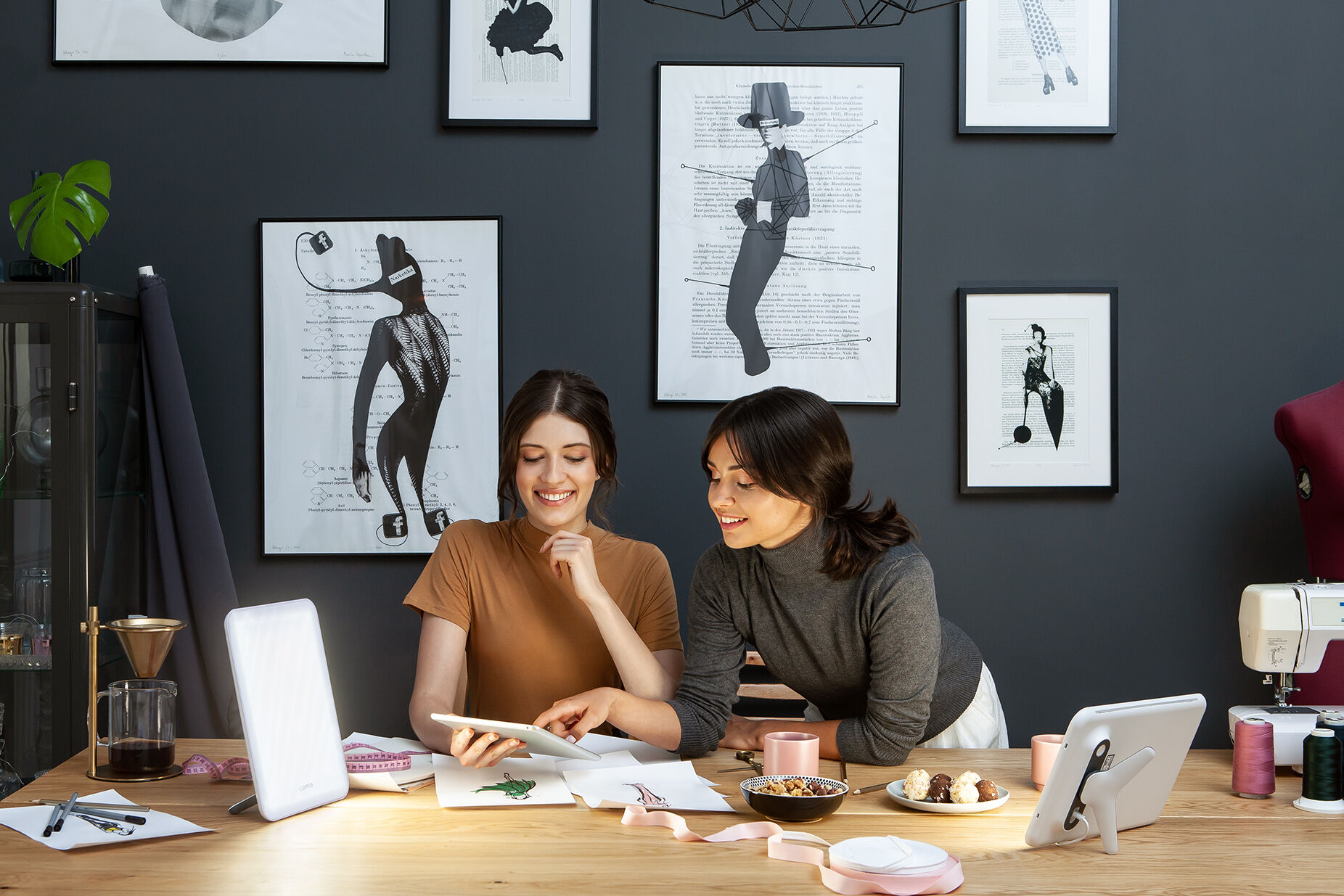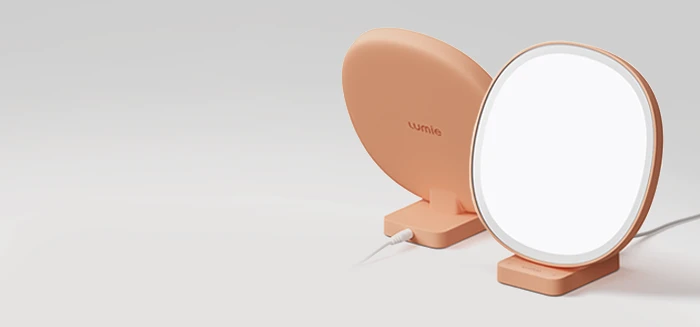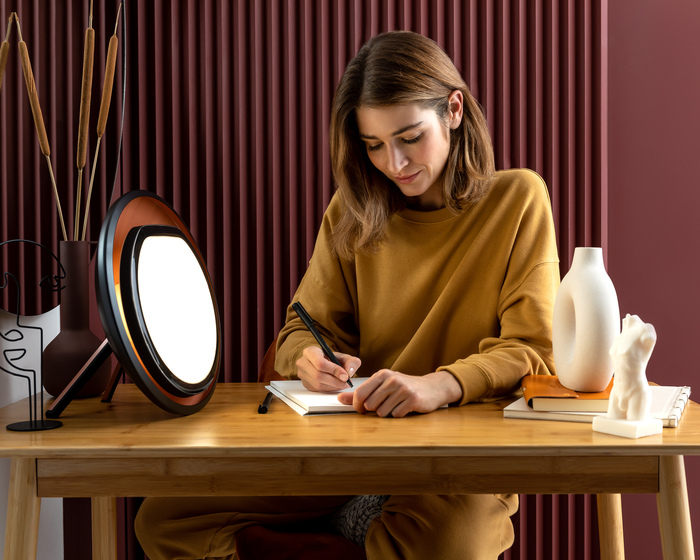Can Bright Light Help Beat the Post-lunch Dip in Alertness and Performance?

We all know that feeling in the early afternoon when we're fighting off a series of yawns while secretly wishing we could just take a nap. Known as afternoon slump or post-lunch dip, the change in our energy levels occurs between 12 and 2 pm due to natural fluctuations in our circadian rhythms. The drop in alertness and performance triggered by the midday slump is a common problem in the workplace, often considered to cause work-related errors and even accidents. While some of the lucky few manage a little microsleep session to overcome the post-lunch dip, most of us reach struggle through it, with a help of a sugary or caffeinated pick-me-up. Could bright light therapy offer an alternative solution?
The post-lunch dip has its origins in the circadian regulation of sleep/wake cycles, whereby, similarly as at night, the urge to sleep attempts to outweigh the power of daytime wakefulness. Taking a 20 to 30-minute long afternoon nap therefore offers the most natural solution to the drop in energy and alertness. In fact, in some countries many university students and workers are used to taking a short post-lunch nap during working days (afternoon siesta, anybody?). It allows the body to reset, and to promote better performance in the afternoon across a variety of functions, including logic reasoning, memory and attention. In addition to taking a brief nap, exposure to bright light received shortly after waking up can increase alertness, helping to further counteract the effects of the post-lunch dip.
Multiple studies have shown that exposure to bright light prevents afternoon sleepiness, counteracting the decline of alertness and performance. Recent research from the South China Normal University has taken the matter further by looking at the effect of bright light therapy specifically on individuals who used to nap at lunch but are looking for an alternative way of improving their cognitive functions in the afternoon. "The current findings revealed that exposure to bright blue-enriched white light in the early afternoon could prevent the decline of subjective alertness induced by a post-lunch nap deprivation". Furthermore, the study revealed that the exposure to bright blue-enriched white light (as opposed to regular light levels, such as in an office) in the early afternoon would "relieve habitual nappers’ negative mood stimulated by nap deprivation". This suggests that using bright therapy lights to improve otherwise standard workplace lighting could have a performance-enhancing and mood-stabilising effect on individuals.
The afternoon dip in your energy levels stems from your body's natural fluctuations between the sleep and wake states. Best thing to do is to have a 20-minute power-nap followed by exposure to bright light, received either on a walk on a clear, sunny day, or by using a bright light therapy lamp at your desk, such as Lumie Vitamin L or Halo in Day Mode. When napping is a not an option (which for the majority of us it isn't, let's face it!), bright light therapy can help in overcoming the negative effects of the afternoon slump. Even 30-60 minutes a day can make a real difference to how you feel and perform! Dimmer rooms can make it hard to resist nodding off, so keeping your bright light therapy lamp switched on for a couple of hours from the late morning through to the early afternoon can help limit drowsiness and help normalise your sleep schedule.
References
Zhou Y, Chen Q, Luo X, Li L, Ru T and Zhou G. Does Bright Light Counteract the Post-lunch Dip in Subjective States and Cognitive Performance Among Undergraduate Students? Front. Public Health (2021) Read more...
van Duijnhoven J, Aarts MPJ, Aries MBC, Rosemann ALP, Kort HSM. Systematic review on the interaction between office light conditions and occupational health: elucidating gaps and methodological issues. Indoor Built Environ. (2019) 28:152–74 Read more...
Fisk AS, Tam SKE, Brown LA, Vyazovskiy VV, Bannerman DM, Peirson SN. Light and cognition: roles for circadian rhythms, sleep, and arousal. Front Neurol. (2018) Read more...
Slama H, Deliens G, Schmitz R, Peigneux P, Leproult R. Afternoon nap and bright light exposure improve cognitive flexibility post lunch. PLoS ONE. (2015) Read more...
Kaida K, Takahashi M, Haratani T, Otsuka Y, Fukasawa K, Nakata A. Indoor exposure to natural bright light prevents afternoon sleepiness. Sleep. (2006) Read more...





